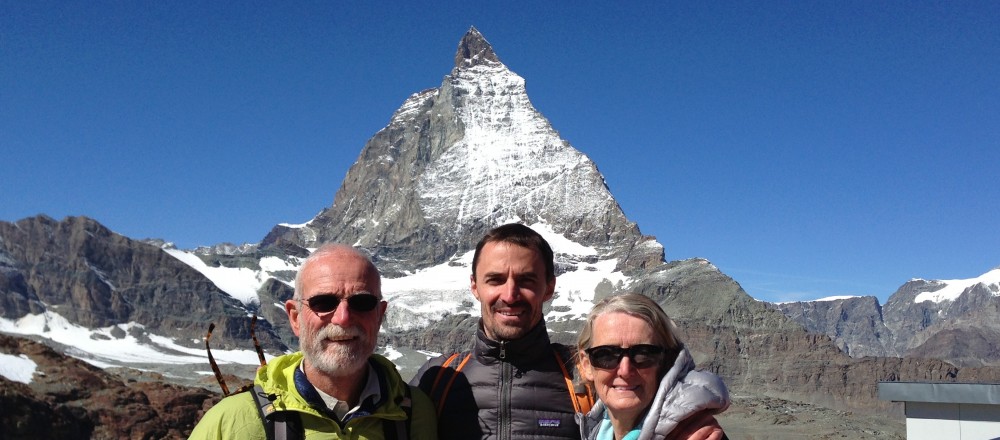
 We took our bikes to Malaysia for the 60-day Visa Dance. It wasn’t as virtuous as originally planned riding the whole way, because the closer ferry we’d planned to take didn’t work for us. The Satun Pier was 168 km from Trang and that was longer than the 50+ Stanna had trained.
We took our bikes to Malaysia for the 60-day Visa Dance. It wasn’t as virtuous as originally planned riding the whole way, because the closer ferry we’d planned to take didn’t work for us. The Satun Pier was 168 km from Trang and that was longer than the 50+ Stanna had trained.
Thailand requires visitors to leave the country in order to renew their 30- or 60-day visas. You merely have to check out, check into and out of another country, and then you can come back for another visa period. This can only 20 minutes if you don’t stay in the neighboring country, or in our case, we usually plan to explore, as we did in Laos, Cambodia and Myanmar in previous years.
 We did cycle to the bus station in Trang and then after a 2-hour bus ride to Satun, cycled to the Port out on the coast. The Lonely Planet guide book featured a historical museum in Satun so we left a day early and overnighted there, allowing us a morning in the museum. Just a reminder that Thai guesthouses are quite a bargain, generally in the $12 to $18 range with all the amenities like A/C, TV, hot water and frig.
We did cycle to the bus station in Trang and then after a 2-hour bus ride to Satun, cycled to the Port out on the coast. The Lonely Planet guide book featured a historical museum in Satun so we left a day early and overnighted there, allowing us a morning in the museum. Just a reminder that Thai guesthouses are quite a bargain, generally in the $12 to $18 range with all the amenities like A/C, TV, hot water and frig.

This guesthouse’s restaurant and cantilevered deck was right along the river front which had long-tail-powered fishing boats traveling from the coast inland with bounty. We had our choice of bungalows as we apparently were the only guests this night.
T he museum was a large house built for a visit from a reigning king in 1887, but he failed to arrive so the provincial governor took it for his residence. Interesting to learn that in 130 years the house had been not only a residence, but also government offices, a school and even occupying Japanese headquarters during WWII. Now only “trophy-sized” in current term of Thai houses, this would have been considered a mansion compared to the average southern Thai’s domicile of woven-mat-walled hovels and perhaps the wealthy in a house of wooden planks. The displays in the renovated home featured various historical dioramas, original furnishings and cultural themes.
he museum was a large house built for a visit from a reigning king in 1887, but he failed to arrive so the provincial governor took it for his residence. Interesting to learn that in 130 years the house had been not only a residence, but also government offices, a school and even occupying Japanese headquarters during WWII. Now only “trophy-sized” in current term of Thai houses, this would have been considered a mansion compared to the average southern Thai’s domicile of woven-mat-walled hovels and perhaps the wealthy in a house of wooden planks. The displays in the renovated home featured various historical dioramas, original furnishings and cultural themes.
I’m always enthralled with old technology dioramas as they glimpse a slice of life putting textual imagination into three dimensions. What was especially meaningful for me was the exhibit of Sakai artifacts and their own diorama.
Some may recall my post several years back, when the cycle club went up and along a mountain ridge in order to see present-day Sakai living their hunter gather lifestyle in the forests of Southern Thailand. The women and children wore salvaged t-shirts but the chief looked exactly the same including his ‘”Mai Sang” blow pipe weapon in his hand.
More to come on Malaysia.








